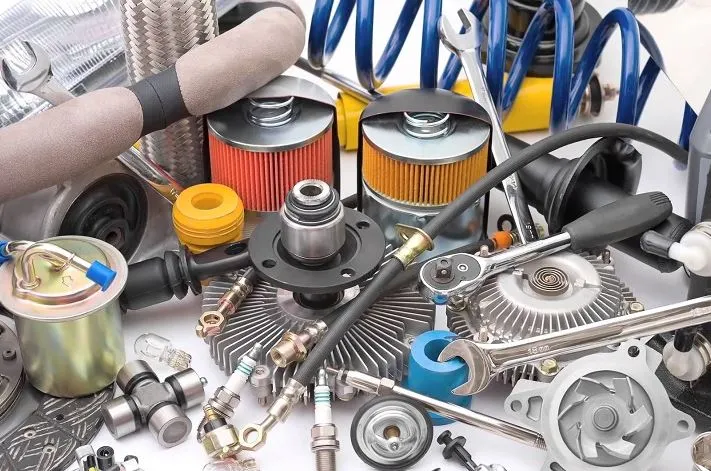Car advertisements and marketing campaigns are an important part of a brand’s overall strategy. They help to create a positive image of a product, as well as engage a target audience. With the advent of digital marketing, these campaigns have become increasingly interactive and dynamic. However, there are still some challenges to overcome. These include Storytelling, Performance-based marketing, and Interactivity.
Storytelling
There are many techniques used in storytelling in car advertisements and marketing campaigns. These techniques have been proven to work as effective and compelling advertising tools. They are also a useful tool to raise brand awareness and build engagement in a campaign.
The key to crafting a good story is to know your audience. Understanding your target audience’s hopes and fears can help you craft a compelling message that will compel them to take action.
Telling a story can be in the form of a video, photo or written piece. To make sure your story is the best it can be, you may need to test different versions.
You can make your storytelling ad stand out by incorporating the big picture. A great example of this is Honda’s “The Power of Dreams” campaign. This ad builds an emotional connection with the viewer.
Other examples include Chipotle’s “Cultivate a better world” video. This ad earned a Cannes Film Festival award and made a splash with its catchy tagline. It also showcases how a farmer found a niche in the industrial world.
Interactivity
It’s no secret that car advertising has evolved in the last few years. With the advent of electrification, shared mobility, and a pandemic of sorts, consumers have more options than ever before. This has led to a flurry of innovation in car advertising, especially when it comes to multi-channel campaigns. For example, an interactive ad ad is one of the most engaging formats of today. To be successful, however, it’s best to consider the customer first. That’s why it’s important to gather data about potential clients in order to better understand their preferences and create an effective marketing strategy.
A good place to start is with a few reputable research firms and industry trade groups. Among those, the National Automobile Dealers Association, or ADAA, is a goldmine of information on how to advertise your wares. Among other things, ADAA keeps tabs on the most innovative car makers of today. These include ad tech startups like Uber and Lyft, and traditional automakers such as Ford and Toyota.
Performance-based marketing
In order to reach an audience of today’s savvy consumer, car advertising campaigns have to evolve. Using performance-based marketing, businesses are able to diversify their target audience while also ensuring that their ad is seen by potential customers.
This approach allows marketers to reach consumers at any time of day. Consumers visit websites, social media platforms, and mobile devices. Performing cross-channel campaigns can generate leads and increase conversions.
Unlike other advertising models, performance-based marketing does not require a fixed amount of money. Instead, advertisers only pay for ads that perform well. Performance-based marketing is perfect for brands looking to reach audiences at scale.
The digital nature of performance marketing makes it easier for marketers to measure the results of their advertising campaign. They can track how many impressions, clicks, and views their ad gets, and make changes to optimize the ad in real-time.
Performance-based advertising is especially useful for small businesses with limited budgets. It allows them to expand their reach without spending too much money.
Brand collaborations
Brand collaborations are an effective way to cross-promote and market new products and services. They can also help establish brands as industry leaders and reach new audiences. To make a successful brand collaboration, it is important to understand the purpose of the campaign and choose a partner with whom you can align your goals and expectations.
Brand collaborations are a good way to introduce a new product or service, reach a new audience, and deepen relationships with existing customers. Here are some examples of how brands have benefited from this type of marketing.
GE Appliances and Google joined forces to create a new line of smart home appliances. These appliances are eco-friendly and can be personalized to suit each owner’s needs.
Another example is the collaboration between Uber and Spotify. Both are complementary services, and together, they provide a more enjoyable car ride experience. Users can also stream their favorite Spotify songs directly through the app, allowing passengers to control the tunes during the trip.




